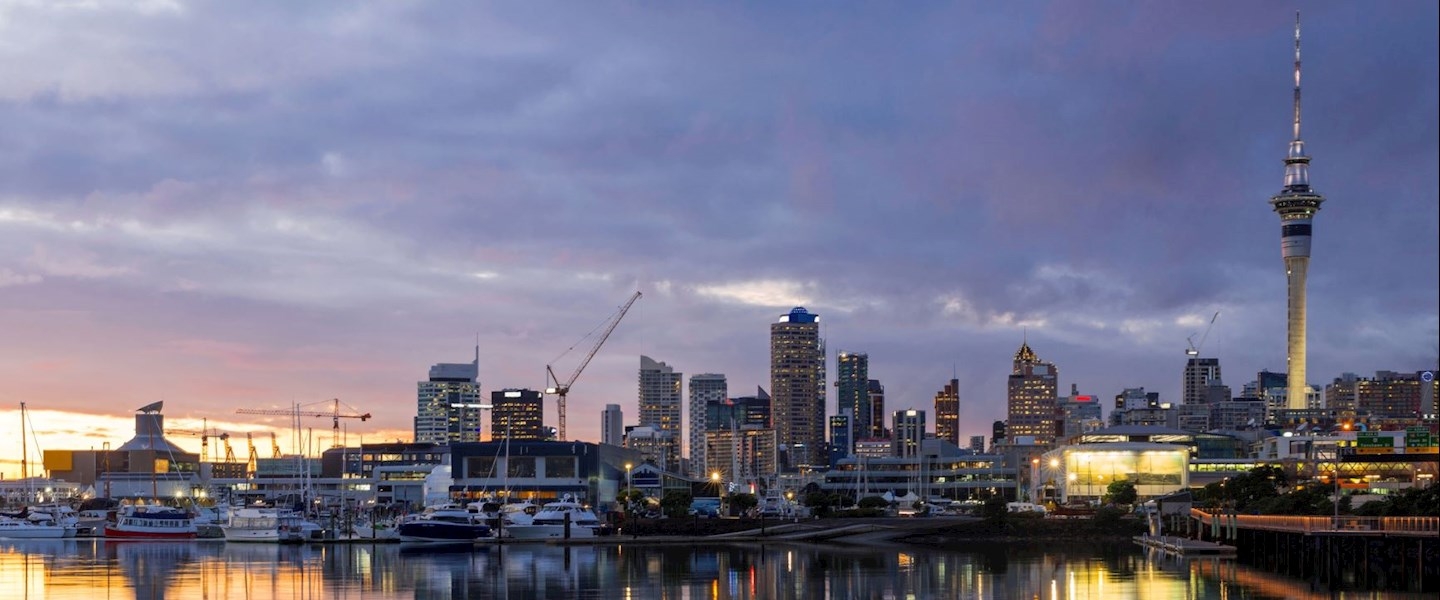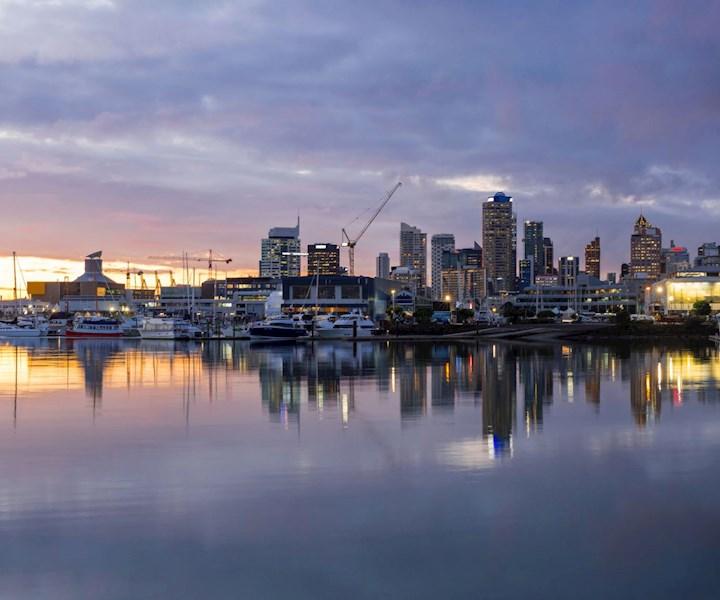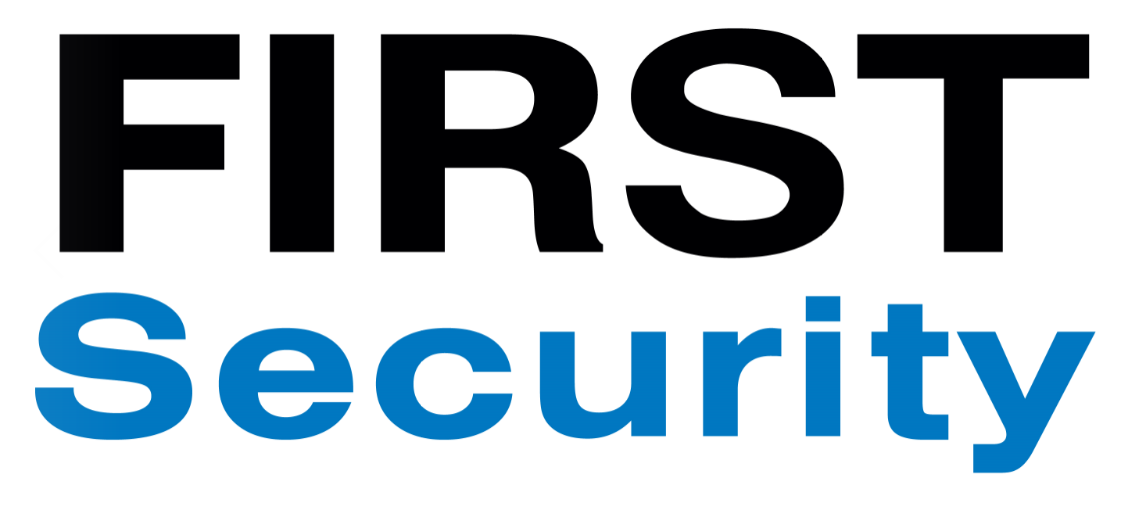2. Protecting Your Crowded Place from Attack: Self-Assessment Tool


Protecting our ‘crowded places’ from attack
A new government strategy provides guidance to venue operators and event organisers in relation to protecting staff and visitors from armed attacks. In this series of posts, FIRST Security’s Chief Operating Officer Steve Sullivan looks at how you can implement the strategy and keep your people safe.
Is your venue an attractive target?
In my last post I introduced Protecting Our Crowded Places from Attack: New Zealand’s Strategy, which was recently released by the New Zealand Police. This new initiative aims to help owners and operators of ‘crowded places’ protect the lives of people working in, using and visiting their venue.
The strategy includes a suite of documents – or tools – that step readers through the process of making their ‘crowded place’ safer. One of these is the Self-Assessment Tool, which is designed to help you assess how attractive your location could be to an attacker.
There are eight questions posed in the tool that focus on factors that attackers consider when they’re looking for a possible target, including whether or not your venue is iconic, how densely crowded it gets, and how predictable or advertised your gatherings are.Answering each of the eight questions involves scoring your crowded place on a scale of one to seven. Essentially, scoring 29 or less means that it is likely that your location may not be highly attractive to would-be attackers. Scoring 30 or more means your crowded place is likely to be attractive to would-be attackers and you may wish to review your security measures.
The eight questions
1. How symbolic is your crowded place?
Some crowded places have historic, religious, cultural or political symbolism, such as national buildings or places of worship that attract large numbers of worshippers.
2. How large is the crowd that gathers at your location?
This question is relative – 1,000 people could be a crowd in one city, but only a small gathering in another.
3. How predictably do people gather at your location?
When large numbers of people predictably gather at a place, an attacker can be reasonably certain that there will be people available to harm at a particular time.
4. What is the density of the crowd at your location?
The density of crowds can vary between crowded places, and is affected by available space, how enclosed the space is, and how many entries and exits there are.
5. What is the social significance of your location to New Zealand?
A location can be socially important if people value being there. An event, for example, can be significant because it’s a celebration or a commemoration.
6. What would the economic impact on New Zealand be if your location’s function was interrupted?
Some locations have functions that, if they were interrupted, could significantly affect New Zealand’s economy. If attacked, there may be economic impacts, such as a lowering in consumer confidence, business disruption, or an increase in unemployment.
7. What level of confidence do you have that you have planned effectively for the expected number of high profile people and/or the people attending or visiting your crowded place?
Are there any individuals or groups at your site who could attract the attention of someone wishing to disrupt or attack, such as celebrities, dignitaries or controversial people?
8. What level of confidence do you have that you have planned effectively to ensure your crowded place has systems in place to react to an attack or similar incident?
Consider the worst case scenario, where your crowded place has to rapidly be emptied. What additional planning or support systems might you need to have put in place?
What to do next?
The Self-Assessment Tool is simple to use and a good starting point for understanding the attractiveness of your venue to a potential attacker. It’s also great process to get you thinking about your security vulnerabilities. On this basis, I highly recommend that you download it and work it through.
If you score 30 or more, the document recommends that you take the step of completing the Protecting Our Crowded Places from Attack: Assessing Your Protective Security document and the Protecting Our Crowded Places from Attack: Security Audit, which are also part of the Crowded Places Strategy suite. I’ll cover these documents in my next posts.
Importantly, the Self-Assessment Tool states that when seeking additional support about protective security “you should, in the first instance contact specialist security advisors.” Experienced providers have the capability to provide specialist advice in relation to proactive security planning, incident prevention, and how to best implement official guidance such as the crowded places strategy.
If you are an owner or operator of a crowded place and wish to review your security, get in touch with us to talk about how we can provide you with specialist advice to keep your staff and visitors safe.
Related Content

